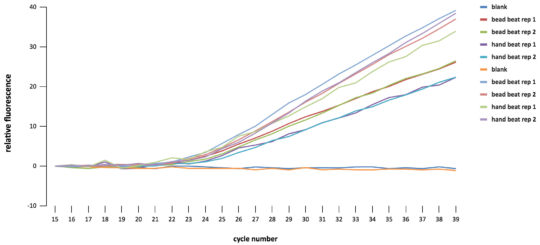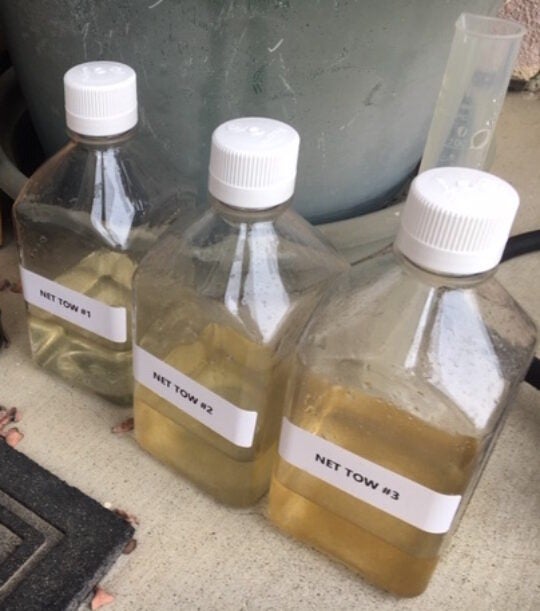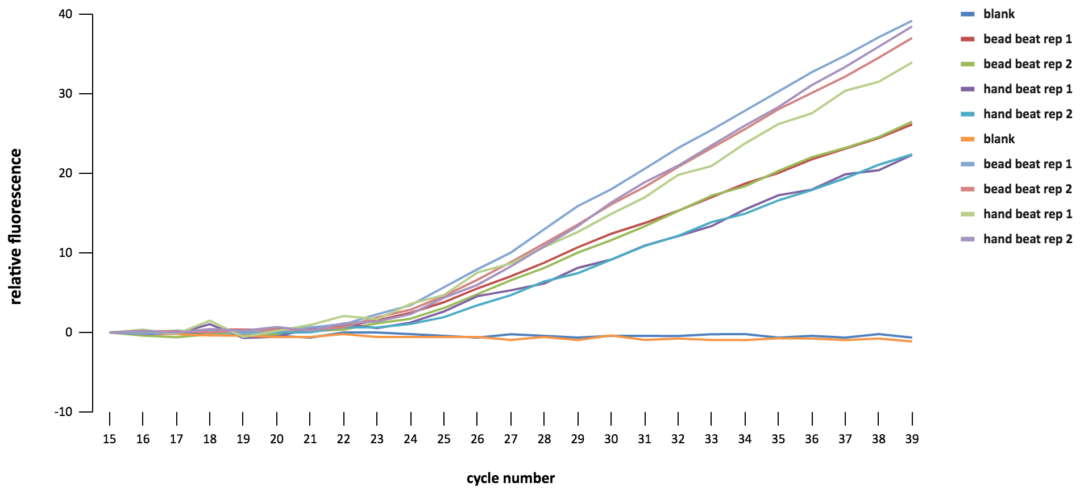Advancing portable detection capabilities of harmful algal bloom species in California waters
California routinely experiences annual toxic harmful algal blooms (HABs) that impact marine wildlife, threaten human health, and affect the economy through losses and closures within commercial and recreational fisheries. However, genetic detection of microorganisms in the field has long been hampered by issues like cumbersome and expensive platforms and time lags for sample transport. University of Southern California (USC) Sea Grant has funded a study to investigate a new portable detection technology (Freedom4) that would provide near real-time results to aid natural resource managers in identifying threats, mitigating risk, and monitoring the progression of HAB events. Specifically, this project will transition traditional, lab-based, quantitative genetic assays onto a portable detection platform to enable onsite detection of eleven HAB species that threaten California coastal ecosystems.
Key Results:
- Multiple new assays were developed for many harmful algal bloom species of concern for wildlife and human health.
- 100 cultures of target and non-target species were successfully cultured in developing assays
Project Impacts & Application:
- Presented at Moss Landing Marine Labs; University of Technology, Sydney; California Molecular Methods Working Group; The Pacific Plankton Program at Cabrillo College
- A subset of the collected cultures have been sequenced and deposited to a publicly available repository (GenBank).
- PI Bowers was invited to be part of an international committee as a HAB species expert and demonstrated the handheld qPCR machine for the first time; this group is developing a guidance manual on the transfer of this technology into management for the international HAB community
- The Environmental Protection Agency is now using a number of the assays in monthly monitoring in Central California.
- A short film was made about our work: https://www.youtube.com/watch?v=1CSe1cY5-3E&t=130s
Principal Investigators:
- Holly Bowers, Ph.D., San Jose State University
- Jason Smith, Ph.D., San Jose State University
Funding:
California Ocean Protection Council, 2018-2021
Additional Info and Publications:
- https://mlml.sjsu.edu/ebl/holly-a-bowers/
- https://mlml.sjsu.edu/ebl/ca-seagrant-award-for-portable-qpcr-assays-for-habs/
- Nishimura, Tomohiro; Murray, J. Sam; Boundy, Michael J.; Balci, Muharrem; Bowers, Holly A.; Smith, Kirsty F.; Harwood, D. Tim; Rhodes, Lesley L. Update of the planktonic diatom genus pseudo-nitzschia in aotearoa new zealand coastal waters: Genetic diversity and toxin production. Toxins. 2021;13(9):637-. doi:10.3390/toxins13090637
Access our Publications Database to view publications from this project or other related topics






